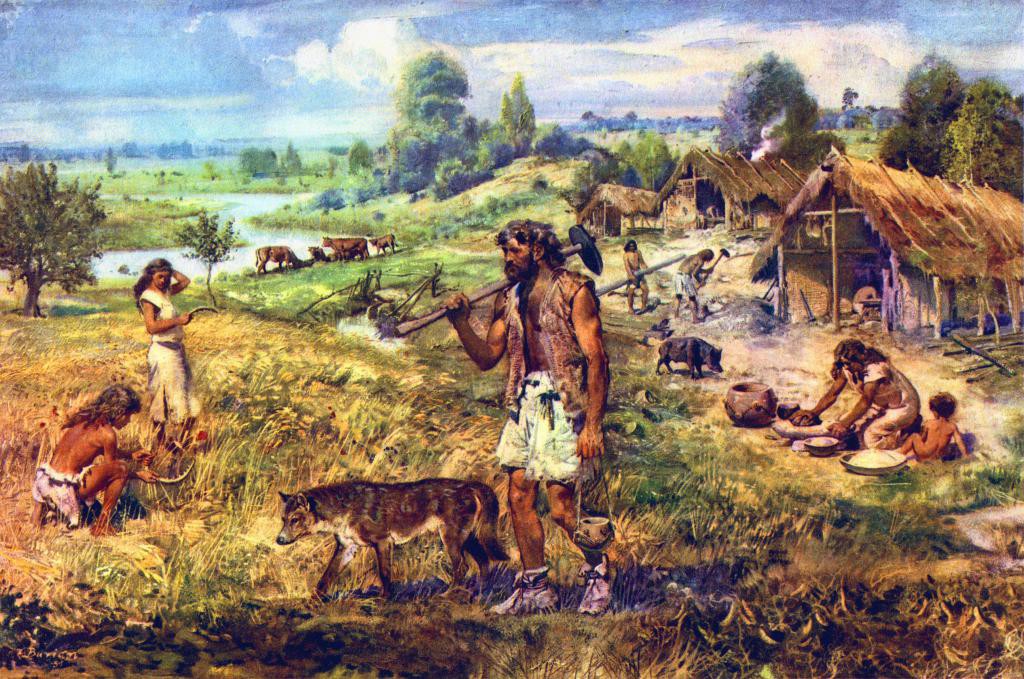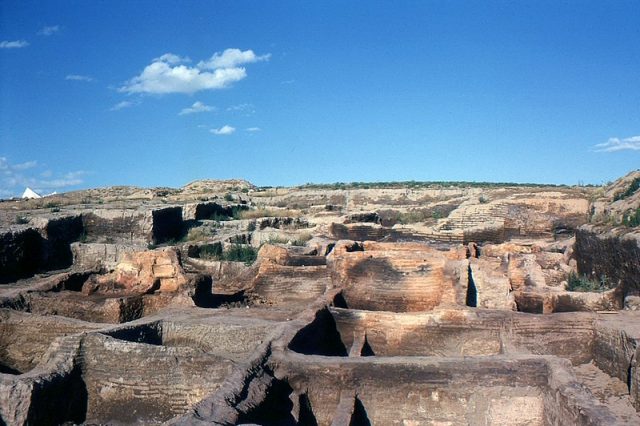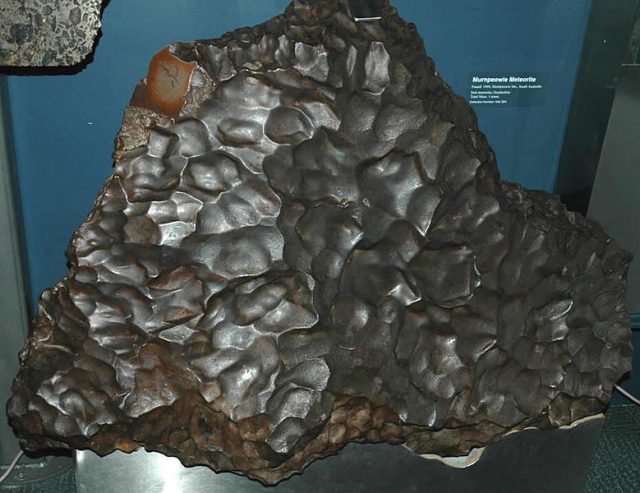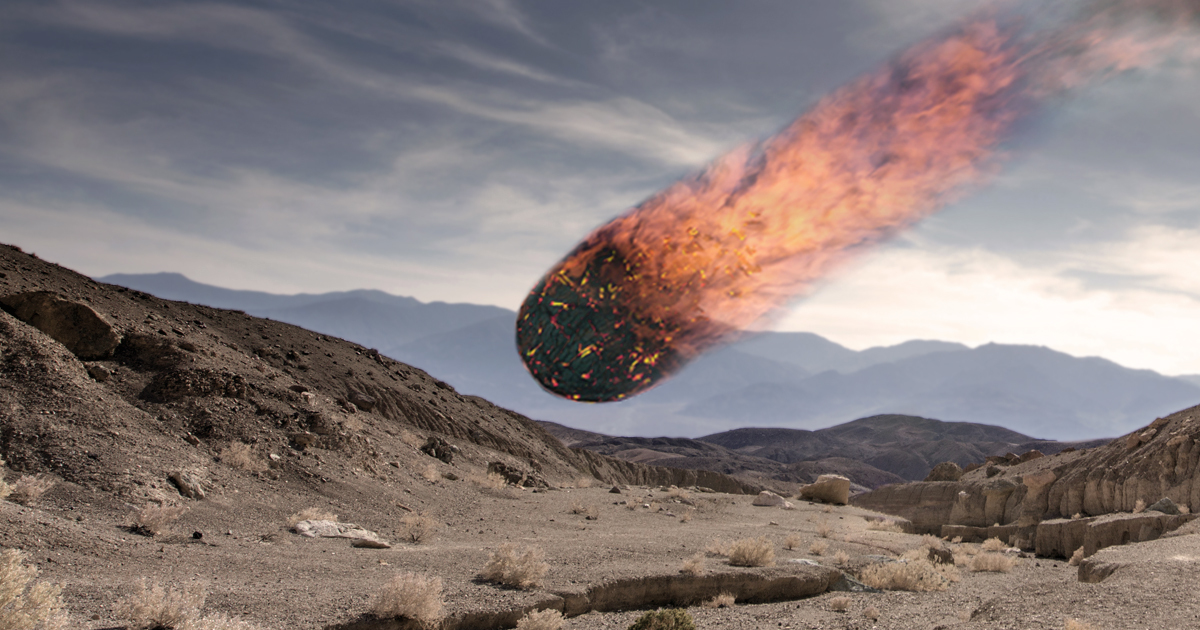12,800 years ago evidence suggests a Paleolithic village was obliterated by pieces of a comet. Syria offers archaeologists and other researchers a rich history of ancient treasures to unearth and delve into as human settlements have existed in the country for thousands of years. One of its most significant sites, called Abu Hureyra, now underneath Lake Assad, was first excavated in 1972 and 1973 before the area was flooded for the Tabqa Dam project.
Those excavations taught researchers a great deal about the communities located there more than 12,500 years ago during the Paleolithic Age. Now, however, archaeologists believe they’ve found evidence that one of the villages there is the only one of its kind so far on record to have been destroyed by small pieces of a comet plummeting to Earth more than 12,800 years ago.
During their exploration almost 50 years ago, archaeologists realized the site revealed much about agricultural practices back then. Furthermore, they also found evidence of two settlements, the farthest a hunter-gatherer society and the one “above” a farming town with more sophisticated structures.

Now, however, new findings theorize that the original settlement was impacted by fragments of a falling comet that hit it approximately 12,800 years ago. Researchers have concluded this after analyzing soil samples preserved at the site during the original excavation. The archaeologists, one of whom was on the team exploring the site in the 1970s, have released a new study of those findings in Nature under Scientific Reports.
Andrew Moore is coauthor of the study, and an original team member on the Abu Hureyra excavation. Moore is an archaeologist and professor at New York’s Rochester Institute of Technology and explained in an interview with Smithsonian Magazine recently that it wasn’t until they examined tiny samples of soil that the researchers learned of the comet impacting the village. Moore had noticed burned areas when the site was originally excavated, but they didn’t connect that with interstellar phenomenon.

Current study of the burned samples shows that the whole site was, in fact, destroyed by fire resulting from the disintegrating comet’s airbursts. An airburst, he continued, is a small explosion in the air caused by the comet; small is a relative term as each airburst was like a nuclear explosion. Most of the airbursts didn’t make contact with Earth. This one did, however, as evidenced by melt glass, sand that was melted and quickly solidified, and it virtually eliminated the village in the blink of an eye.
Abu Hureyra is just one of several places around the globe—in the Americas and Europe, for example—that were affected by this cosmic event and the resulting change in climate near the end of the Pleistocene Age. The whole area is referred to as the Younger Dryas Boundary. Moore explained that all other possible reasons for the burning at Abu Hureyra were examined and eliminated scientifically.

Using modern equipment and techniques, he has no doubt that the comet was the cause of the melt glass and the extinction of the settlement; fires or even volcanic ash would not reach the necessary temperatures to suddenly raze the village to the ground leaving behind only charred evidence in the soil.
After the incident with the comet and the paleolithic village occurred, people in the Middle East began transitioning to farming rather than hunting and gathering, Moore said. Changes to the soil after the comet struck meant that the area was ripe for it, so people began planting rye and other grains. Some of this was known by archaeologists and other experts, but revelations about the soil change and its relation to a comet is new.
An article in Nature explains that it is already known that the switch from hunting to farming as a primary occupation coincided with climate change; however, the connection to this comet impact and its effect on the region is a new idea. As a result, Abu Hureyra became an important area and is the oldest site known that shows the organized growth of agriculture as a way of life.
Related Article: The Largest Piece of Meteorite in the World
And so, a cosmic phenomenon, coupled with people’s desire to start over and make the most of their situation, led to significant advances in farming and its economic benefits. The legacy of the comet that fell on this Paleolithic village.
